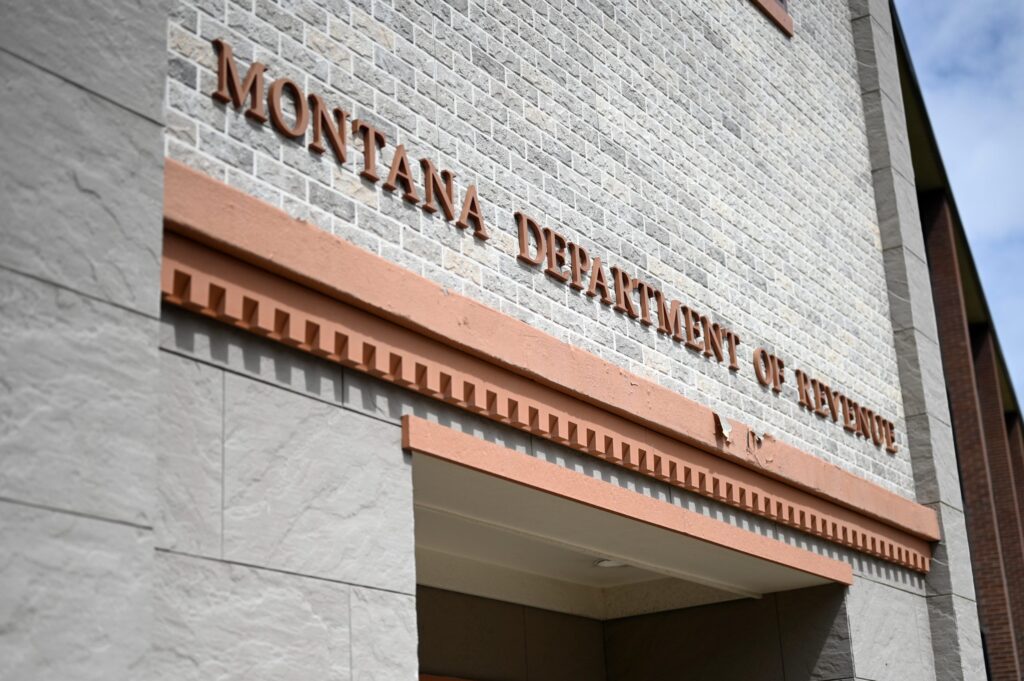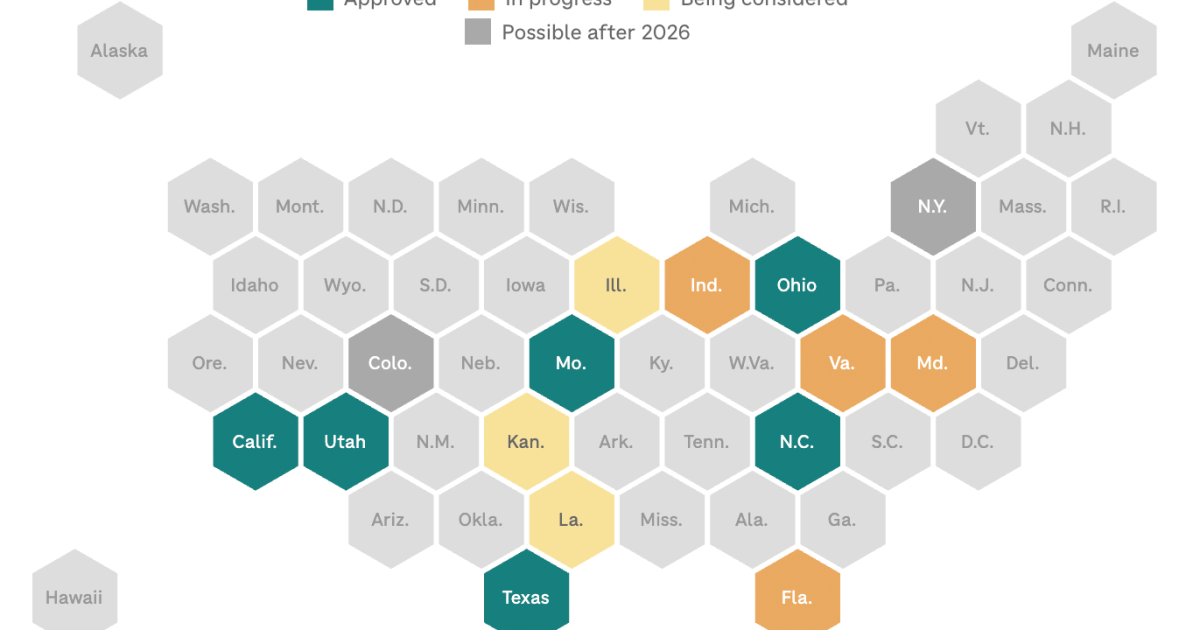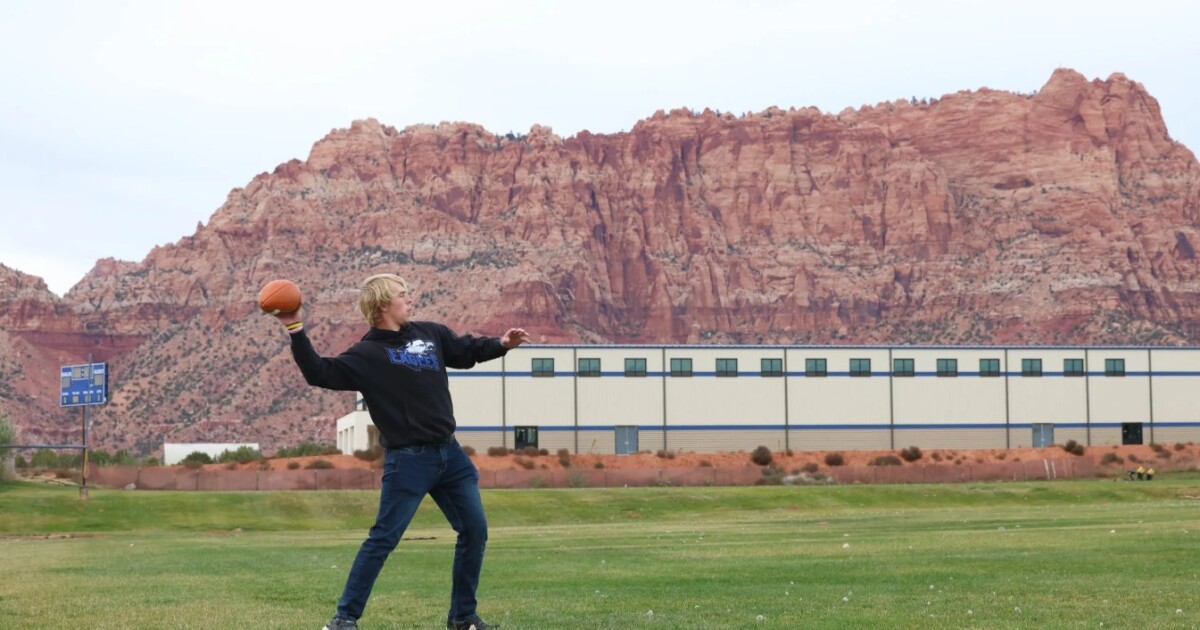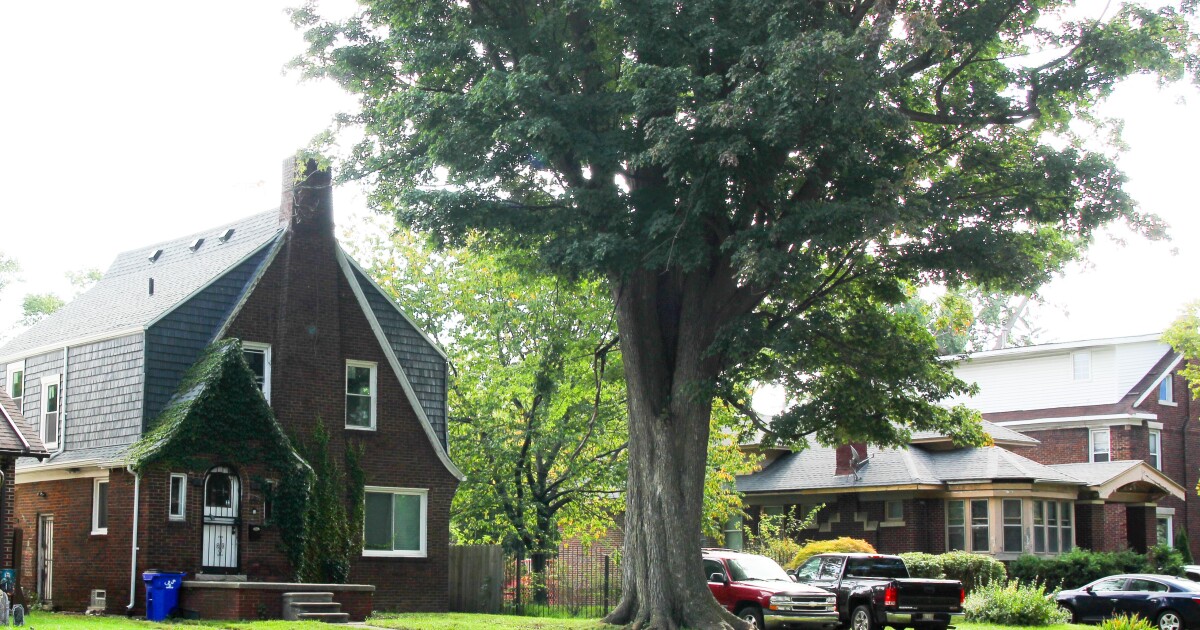This story is excerpted from the MT Lowdown, a weekly newsletter digest containing original reporting and analysis published every Friday.
Montana homeowners are puzzled by the figures on recent reappraisal notices from the state Department of Revenue. These notices update property valuations used for calculating tax bills, occurring every two years. They reflect estimated market values as of January 1, 2024, often lower than mid-2025 sale prices. The notices contain two crucial figures: assessed value, the estimated market value, and taxable value, a fraction used for tax calculations.
Many homeowners question why their assessed values increased, but taxable values decreased. This change stems from a tax relief measure passed by the Montana Legislature, aiming to raise taxes on second homes. The state previously converted assessed home values to taxable values at a flat 1.35% rate. For homes worth less than $400,000, the taxable value rate is now 0.76%, a significant reduction. This adjustment aims to prevent higher tax bills despite rising home appraisals in Montana.
A home valued at $274,300 as of January 2024, for instance, would have a taxable value of $3,707 using the old rate. Now, lower-value homes benefit from the revised rate, resulting in decreased taxable values despite higher assessed values. Homes valued over $400,000 face a graduated rate system, applying higher conversion rates to higher values, with the new second-home tax coming into effect next year.
Homeowners are curious about how these changes affect tax bills. Generally, higher taxable values lead to higher taxes, but actual bills depend on factors like local budgets and tax rates. Estimations using last year’s millage rate might not be accurate due to evolving valuations and local budgets. Past notices included estimated taxes, but these were often inaccurate, prompting their omission this cycle. Adjusting for these factors offers some relief to lower-value homeowners while preparing for future tax changes.
LATEST STORIES
Exxon Mobil cleared to put in test well to assess viability of Snowy River carbon sequestration project
On July 31, 2025, the Bureau of Land Management said it would allow a subsidiary of Exxon Mobil to access its land to put in a stratigraphic test well. Sonya Germann, the state director for the agency’s Montana/Dakotas office, said the decision reflects the BLM’s commitment to “transparency and continued dialogue.” Opponents argue the project’s risks outweigh its benefits.
Why taxable values for many Montana homes are down even as market values climb
Montana homeowners are puzzled by the figures on recent reappraisal notices from the state Department of Revenue.
State Supreme Court sides with judge in lawsuit by former Montana Freemen
A Montana Freemen alumnus cannot sue a Yellowstone County justice of the peace for blocking him from defending a friend in a criminal proceeding, the state Supreme Court has ruled. Justices ruled without dissent against Rodney Owen Skurdal in a case involving Yellowstone County Justice of the Peace Jeanne Walker. The high court said Walker’s actions were within the scope of her job and protected by judicial immunity. Many of the arguments Skurdal made were views espoused by the Freemen.
—
Read More Montana News










